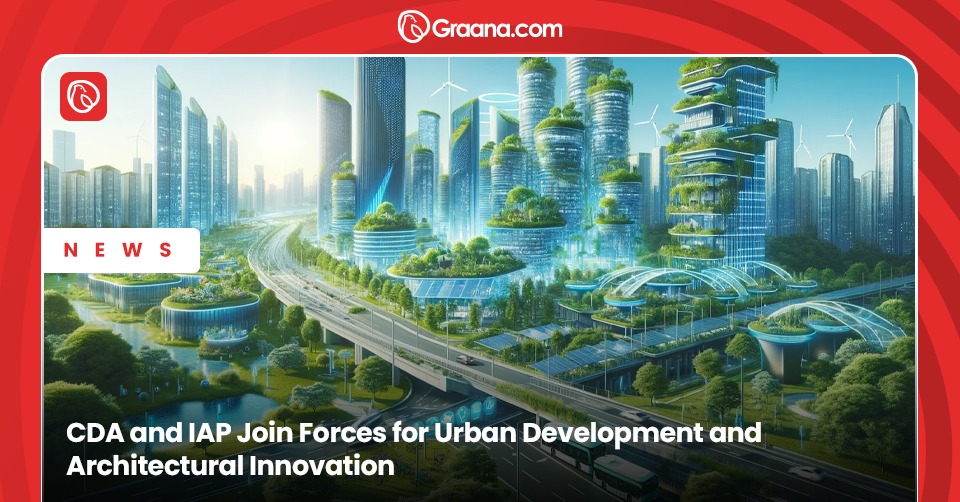No matter which means of transport you employ, a car or a motorcycle, maybe a bus or even a bicycle the roads we use, level the playing field for us. A damaged road treats everyone the same. A person in a branded car will curse the same as one on a bicycle if they hit a pothole. At times, the damage goes beyond that of your spine and affects your car. The long hours at the workshop and money spent to get your vehicle fixed can make even the most patient of us pull out hair. In such moments, people often wonder why does this happen? The government spends handsomely on the road networks and the roads individually take a healthy amount of time to be made so why does this happen. Today we will tell you about why your spine feels like it is in the shape of a question mark.
Types of Road defects and failures:
Roads are damaged by various factors, it can be either the weather or some other condition. Correct assessment of damage can help in mitigation of it which is essential for developers and contractors. The average road user should also have this knowledge so you can know if the road will damage your vehicle.
Here we have some of the most observed types of road failures/defects in Pakistan. Their explanations along with their fixes are given below.
Alligator Cracking:

The main reason for alligator cracking is load associated structural failure meaning the road is unable to bear the load being applied on it. The failure can be due to weak surface, base or subgrade. The base or surface not being of standard thickness, poor drainage or combination of all these issues. Alligator cracks form a pattern that resembles alligator scales hence the name.
This cracking is that it takes shape in wheel path as longitudinal cracking and ends up as alligator cracks.
The remedy to alligator cracks is to perform a full-depth patch because the structural integrity of the road is compromised.
Block Cracking:

Block cracks as the name says resemble rectangles. They are interconnected and are not load associated. These cracks are generally due to the inability of the asphalt binder to withstand temperature cycles. This means that since the binder cannot expand and contract with the change in temperature it causes shrinkage in the asphalt pavement.
The fix for this type of cracking depends on their severity. Less severe cracks measuring ½ inch or less can be sealed to stop the moisture to penetrate and damage subgrade. Cracks of greater severity should be fixed by removing the cracked pavement layer and replacing it with an overlay.
Longitudinal or linear Cracking:

These cracks are parallel to the pavement’s centreline or laydown direction. This is mostly due to poor joint construction. Joints are the least dense areas of the pavement and they can receive the fatigue of the load that the road bears.
These indicate the onset of alligator cracks and possible structural failure.
Linear cracking can be fixed by either sealing the cracks of depth ½ inch or less so the seepage of moisture can be prevented. Cracks with a depth greater than that mentioned before can be fixed by the removal of the cracked area and replacing it with an overlay.
Transverse Cracks:

If you have ever seen a solitary crack running across the pavement, perpendicular to the direction of the road then you are familiar with transverse cracks. These form either because there are cracks below the asphalt layer or shrinkage of asphalt. They can also occur due to high temperature and asphalt binder ageing.
A seal can be used to prevent the moisture from entering the cracks but high severity cracks require the removing of the cracked layer and replacing it with an overlay.
Slippage Cracks:

Crescent-shaped tears or cracks appearing in the surface layer(s) of asphalt show slipping of the new material over the underlying course. These are called slippage cracks. These are caused by a lack of bonding between layers. This is often because there was nothing used to create a bond between the asphalt layers. The lack of bond can be also caused by dirt, oil, or other contaminants preventing adhesion between the layers.
These cracks can be remedied by removing all of the area exhibiting the “stretch marks” and will require a partial or full-depth patch.
Pot Holes:

Who isn’t familiar with these? This small bowl-like depression in the road can severely damage your vehicle if you drive into one. They generally have sharp edges and vertical sides near the top of the hole. Potholes extend from the asphalt layer to the bottom surface and they form because of moisture infiltration and leaving alligator cracking untreated. As alligator cracking becomes severe, the interconnected cracks create small chunks of pavement, which can be dislodged as vehicles drive over them. The remaining hole after the pavement chunk is dislodged is called a pothole.
The fix for these potholes is a full depth replacement patch.
Rutting:

Ruts in asphalt pavements are elongated depressions in the wheel-tracks. They form due to consolidation or lateral movement of any of the pavement layers or the subgrade under traffic. These occur due to insufficient pavement thickness or lack of compaction of the asphalt, stone base or soil or moisture infiltration.
Minor ruts can be fixed. The depressions can be filled and overlaid. However, if the deformations are severe, the rutted area should be removed and replaced with suitable material.
Upheaval:

These are seen quite often in minor roads. Upheaval is a localized upward movement in the pavement due to swelling of the subgrade. This can be due to expansive soils that swell due to moisture or frost heave and the quality of the asphalt matters as well since that is the way for moisture to seep in.
Upheaval can be fixed by a full-depth patch.
Roads and Highways while improving accessibility to a region also increase its exposure due to traffic intensity. These factors directly affect the housing market and commercial real estate. As the houses would like to be in an accessible region with minimum noise pollution and commercial projects are more likely to enjoy high traffic intensity. Understanding what can damage a road leads to the solution and these roads affect many other sectors as well.




